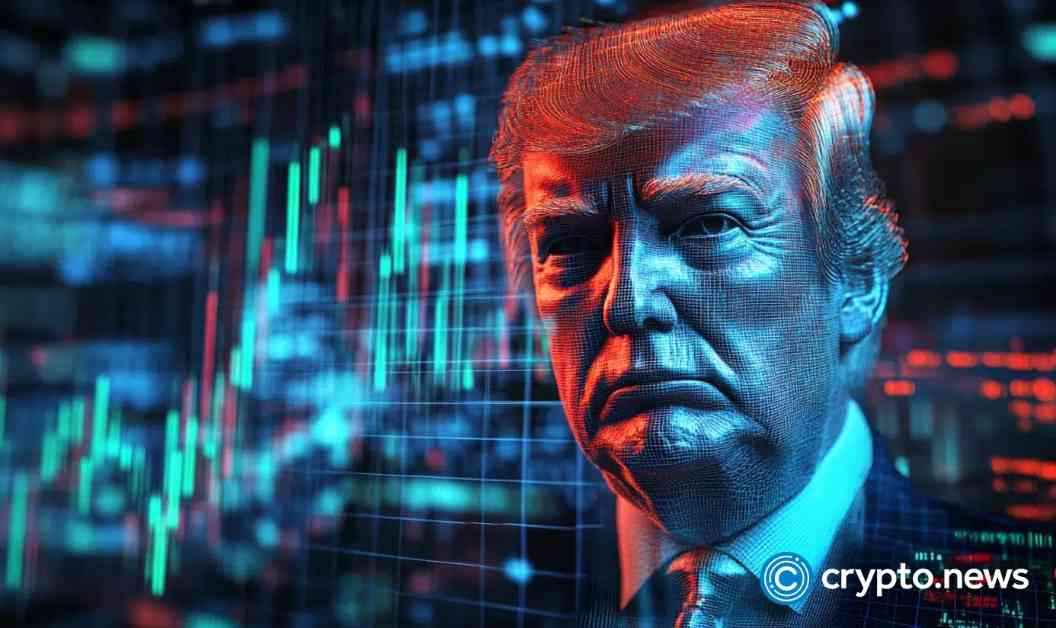The White House hosted its inaugural “crypto summit” last Friday, bringing together influential figures from the digital asset sector to discuss the Trump administration’s strategy to reverse the regulatory actions taken by the Biden administration on cryptocurrencies. However, the gathering seemed to have left attendees feeling disheartened, with prices of major cryptocurrencies experiencing fluctuations over the past 24 hours.
Here’s a snapshot of the recent price movements:
– Bitcoin (BTC) at $86,052, down by 0.8%
– Ethereum (ETH) at $2,182, up by 1.5%
– Solana (SOL) at $136, down by 4.3%
– XRP (XRP) at $2.33, down by 2.5%
– Cardano (ADA) at $0.811, down by 0.9%
– Dogecoin (DOGE) at $0.1925, down by 3.5%
The crypto summit took place just three days after Trump’s return to the Congress, where he made various statements, including one about the economy that seemed out of sync with reality. Trump claimed, “We inherited an economic disaster and an inflation crisis from the previous administration.”
Let’s delve into the facts:
Gross Domestic Product (GDP): During Joe Biden’s term, the real GDP growth averaged around 3.4% over the initial three years, with a 2.5% growth in 2023. In contrast, Trump’s first term saw an average annual real GDP growth of about 2.5%, excluding the pandemic year of 2020. The pandemic caused a significant downturn in 2020, resulting in an overall average annual growth rate of approximately 1.6% for Trump’s tenure.
Inflation: Trump’s assertion of facing the worst inflation ever is not entirely accurate. Inflation surpassed 9% in 1981 and has been higher at various points in U.S. history. In Biden’s early years, inflation peaked at 9.1% in June 2022, but by December 2024, the annual inflation rate had dropped to 2.9%.
S&P 500 Performance: Since Biden’s inauguration, the S&P 500 has surged by around 50%, despite a 19% decline in 2022 due to the Federal Reserve’s efforts to combat inflation.
Dow Jones Industrial Average (DJIA) Milestones: Under Biden, the DJIA reached significant milestones, including crossing 30,000 points in November 2020, hitting 35,000 points in July 2021, and surpassing 40,000 points in May 2024. Consumer confidence is currently down, stocks endured a tough week, and inflation has worsened under Trump’s administration.
As for cryptocurrencies, the question remains about how Trump intends to fund the ongoing accumulation of digital assets. Speculations abound about potential tax increases, but assurances have been made that there will be no additional burden on American taxpayers. Both Republicans and Democrats are apprehensive about the proposed creation of a U.S. “strategic reserve” of digital assets.
Private-sector proponents seeking to legitimize cryptocurrencies through regulatory reforms are grappling with Trump’s unconventional approach. The summit on March 7 marked a shift in the industry’s dynamics, with key players like Michael Saylor, Coinbase CEO Brian Armstrong, and Robinhood CEO Vlad Tenev in attendance. This contrasts with the previous era under Biden, where the SEC’s stringent regulations, led by Gary Gensler, drew criticism from industry insiders.
It is worth mentioning that the crypto summit occurred shortly after Trump and his family launched their memecoins. Despite the uncertainties, the industry is cautiously observing how the federal government, under Trump’s leadership, influences the crypto landscape.


















